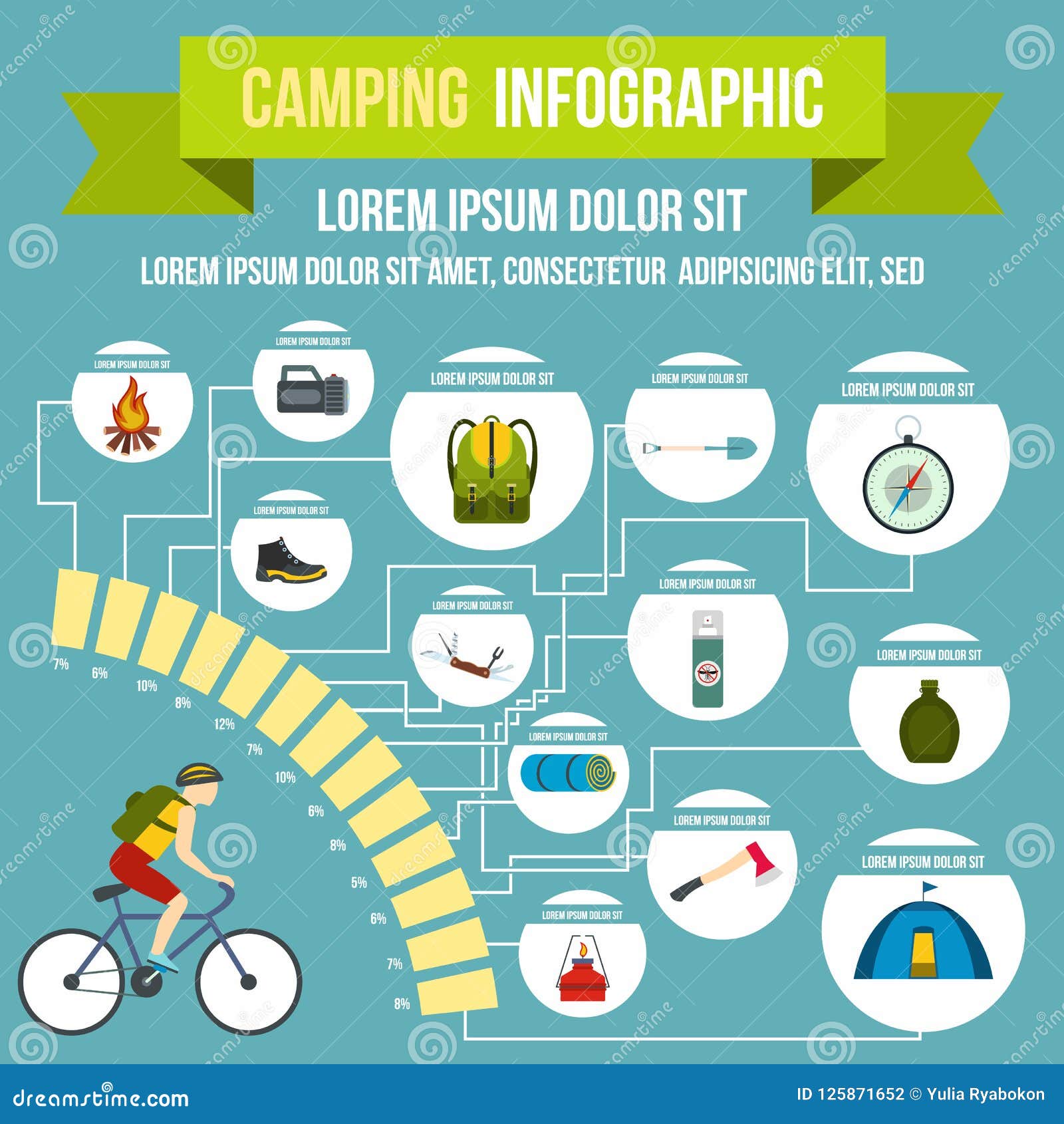Do You Really Need A Rain Fly For A Canvas Tent
Just How Rainfall Flies Extend the Life of Wall Surface TentsRainfall flies are a vital device for wall surface tents. They boost the capacity of a tent to safeguard campers from severe weather conditions while offering added convenience and longevity.
Regular cleansing of a rain fly maintains mud, mold, and debris from damaging it. Likewise, ensuring the correct tension of a rainfly avoids it from sagging and enabling water to collect beneath.
Weather Resistant Materials
The product used in building and construction projects can impact the longevity and toughness of the project. Selecting weather-resistant products helps reduce upkeep prices and saves sources for future repair and replacement.
Timber may not be the very first product that comes to mind when going over climate resistance, but it is highly durable when appropriately treated with preservatives. Cedar, redwood, and teak wood are examples of normally rot-resistant woods made use of to make a range of exterior furniture and structures.
High-performance canvas wall tents are designed to stand up to dampness and maintain campers comfy. It is essential to clean canvas and outdoors tents consistently to remove dust, mud, and dirt. It is also necessary to rinse off any deposit from the canvas outdoor tents before keeping it away for usage. Stay clear of making use of bleach, as it ruins the water-resistance treatment and makes the camping tent extra susceptible to leakage. Additionally, a soft brush and a pipe can be made use of to extensively scrub the canvas tent and rinse it off with water up until it is completely filled.
UV Exposure
Unless a tent is made from UV-resistant material, extended direct exposure to sunshine will certainly create it to degrade. This is true of all materials, however it's especially noticable for camping tents and canvas frameworks due to just how much they're made use of in exterior setups. UV radiation can cause dyes to break down, leading to a loss of color vibrancy.
A rainfly safeguards wall camping tents from these dangerous UV rays by mirroring them prior to they can pass through the framework and reach your skin. It's important to choose a rainfly with a UPF rating of 50 or higher to get optimal UV protection.
A rainfly also helps regulate the temperature inside a tent depending on the season. A lighter rainfly can keep tents from absorbing way too much warmth in the summertime, while a much heavier rain fly can help avoid heat from escaping the tent during colder months. In either instance, these added layers of insulation can dramatically expand an outdoor tents's life expectancy.
Wetness Damage
Canvas tents are fairly durable and can last 15-30 years with diligent treatment, yet also one of the most high-performance canvas is not impervious to downpours. A rain fly or fly sheet includes a layer of defense for the roofing of your canvas camping tent and helps prevent moisture damages.
Condensation, mold, and mildew are not only unpleasant, but they can also damage the architectural stability of your canvas camping tent. Preventing these troubles is uncomplicated, however it needs meticulous treatment and interest to detail.
Make it a habit to evaluate your outdoor tents in the morning and remove any kind of all-natural condensation, dew, or snow that has gathered externally. Afterward, be sure to spread your outdoor tents out in an open area and use a soft brush to scrub away any kind of mold and mildew and mildew that has actually created. When you have actually eliminated the impacted areas, re-treat the outdoor tents with a mold killer remedy and rinse it thoroughly to stop any type of future infestations.
Dampness Accumulation
While normal, condensation can harm materials if left uncontrolled. Luckily, proactive approaches like cleaning surfaces and airing out outdoors tents reduce condensation' influence.
Camping tent fabric, climate conditions and use patterns contribute to condensation degrees. Sailcloth, for instance, stands up to water vapor evaporation and often tends to show handmade droplets quicker than polyester or nylon choices. Understanding this difference informs just how outdoor tents owners manage condensation.
Occupant's breathed out breath and damp apparel and tools spike humidity degrees. An absence of ventilation methods permits wetness to condense when warm interior air fulfills cooler surface temperature levels. This cycle enhances on moist evenings or when a tent is placed in reduced spots. Evaluating and wiping outdoor tents surfaces instantly after cooling urges wetness to disperse before destructive materials or forming mold and mildew. Local air movement, such as directing a fan towards seams, more help the process. Identifying one of the most tent fabric vulnerable areas of an outdoor tents, like high ridges and corners, assists campers improve their moisture administration regimens.
